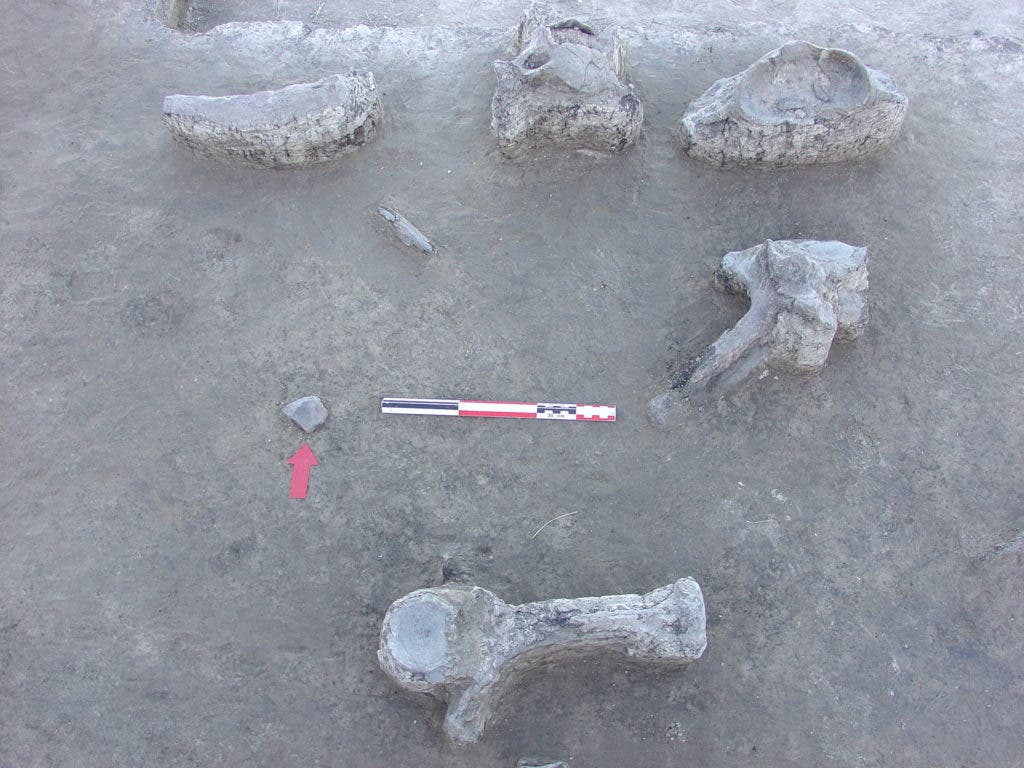The giant sloth may have lived in the slow lane, but it went extinct much faster than previously estimated, a new study reports.

Image credits Gustavo Politis, Pablo Messineo.
Researchers at the National University of Central Buenos Aires, Olavarría, Stafford Research, and La Brea Tar Pits and Museum, report that the giant sloth went extinct before the Holocene, the current geological period.
Dirty collagen
Prior research had found that the giant sloth disappeared during the Pleistocene, the geological epoch spanning from about 2.5 million to 11 thousand years ago — the last period of repeated glaciations to grip the Earth (right before the Holocene). However, there was also some evidence pointing to the survival of this species in certain pocket areas (of today’s Pampas, Argentina) up to the Holocene.
The present study comes to invalidate that hypothesis: the giant sloths went completely extinct before the onset of the Holocene, it explains. This new paper used a more stringent testing technique to date the remains of giant sloths found at the Campo Laborde dig site in Argentina. The team recovered collagen from the remains — they note that a single bone had recoverable collagen — that they dated using the radiocarbon technique and used to establish the new timeline for the sloths’ extinction.
The study also provides a glimpse into what went wrong with earlier dating attempts: the collagen used in the current study had been heavily contaminated with compounds leaching from the soil around it. Earlier dating efforts had not taken this contamination into account, they explain, which fouled the results. The team used chemical purification techniques to clean up the collagen before running their analysis, and then extracted specific amino acids that could only have come from the sloth itself, the team explains.

Image credits Eden, Janine and Jim / Flickr
Their analysis shows that the giant sloth went extinct around 10,570 years ago. This would push the timeline of their disappearance out of the Holocene (previous research found that the animals went extinct around 9,730 years ago, which is during the Holocene).
It’s a distinction that might sound pedantic, but it’s actually quite significant. Humans are currently considered the driving force behind the extinction of many ancient megafauna species, including the giant sloth. The new findings don’t exonerate our ancestors, but they do suggest that they were only part of the problem; their hunting of the giant sloths certainly helped, but it likely happened during a time when the species was buckling, likely under environmental strain from changing climate patterns.
The findings also raise the possibility that other species of huge mammals, especially those in South America (but possibly other places around the globe as well) didn’t make it to the Holocene either. If the collagen in the remains those studies were based on is found to be contaminated, the findings could be off the mark by thousands of years.
The paper “A Late Pleistocene giant ground sloth kill and butchering site in the Pampas” has been published in the journal Science Advances.


